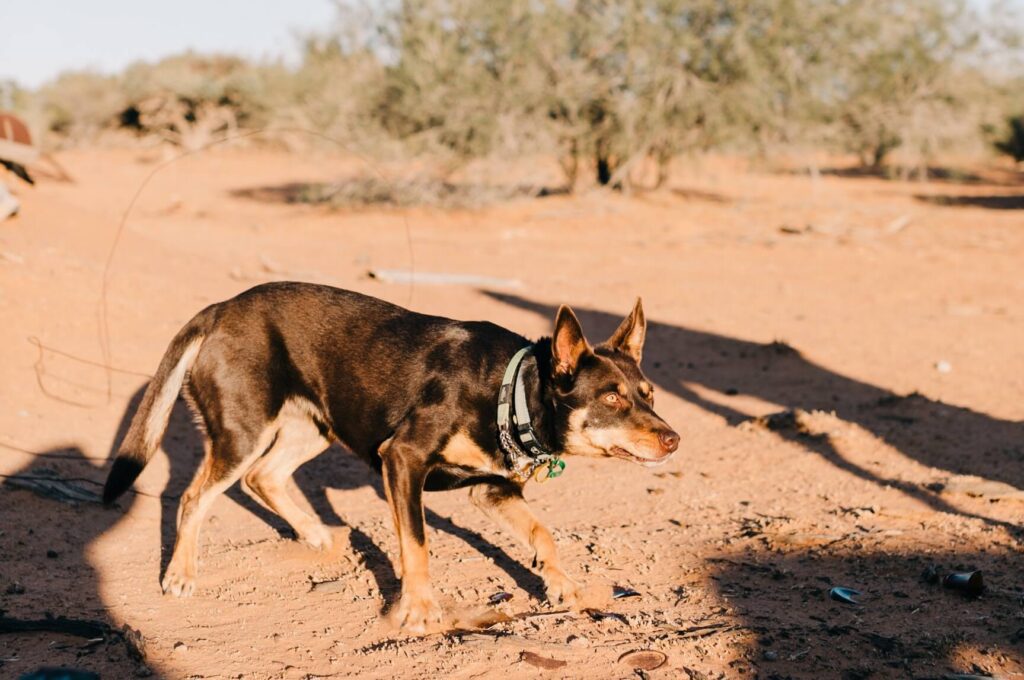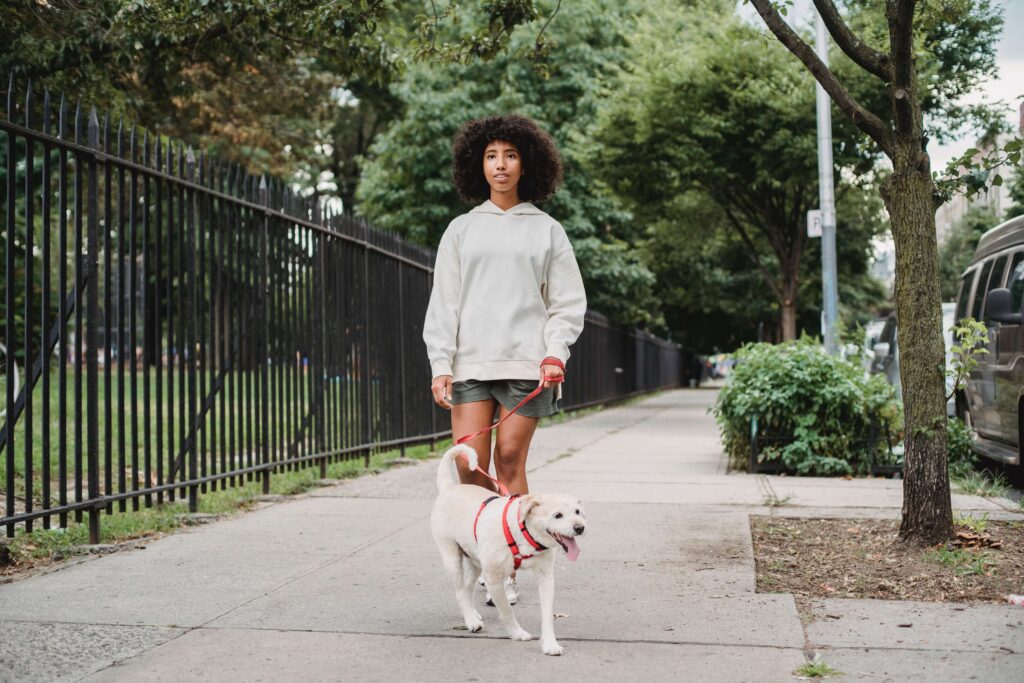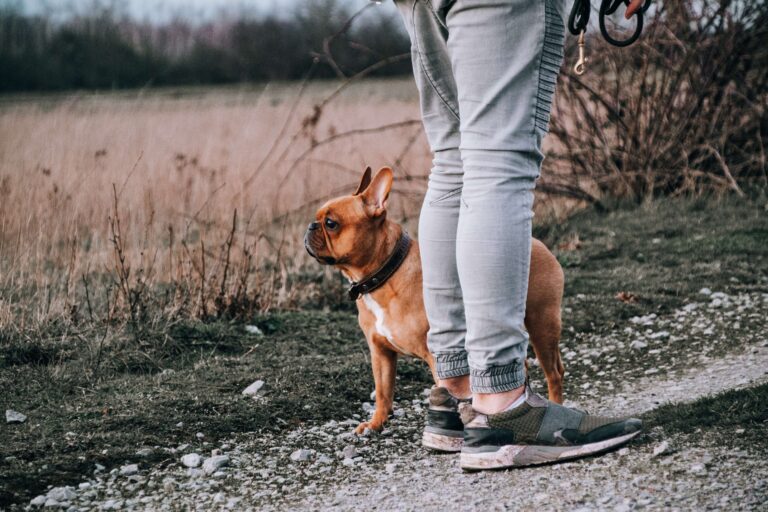What to Do If Your Dog Runs Away
This is a dog owner’s worst nightmare. Your dog gets loose from the house or goes missing on a walk. Dogs are curious creatures who don’t see the harm in following an attractive scent or chasing after a bird. The problem is that they quickly lose sight of you. Here are some simple tips to follow if your dog ever runs away.
Make Sure They Are Microchipped

Since April 2016, all dogs in the UK must be microchipped by law by the age of 8 weeks. Any owner of an unchipped dog is liable for a £500 fine if they do not microchip their dog within 21 days of being reported by the authorities.
There are no state laws regarding mandatory microchipping in the US, but some municipalities have rules in place.
If your dog is found, it can be scanned by a dog warden or veterinarian, showing your name and address. This is why updating your details is important if you move to a new house.
Don’t Panic
Although it is a scary situation, panicking will make you act in a way you wouldn’t if you were reasoning. Take a minute to collect yourself. Your brain is incapable of problem-solving if you are in a heightened state of anxiety.
Work Your Way Slowly
In all likelihood, your dog will not have got far. Start by searching the area immediately around you. Call your dog’s name and wait a few seconds. Listen for noises of rustling or barking to give you an indication of the direction to head in.
Slowly move away as you search, knocking on nearby houses and asking passers-by. If they can help you search, ensure you all head in different directions to cover more ground.
Think Like A Dog

Dogs love to explore, but they also like familiarity. If you are in your neighborhood, head towards the local park or to a house you usually visit with your dog.
Check backyards and alleyways if your dog was distracted by garbage cans, other dogs, or people.
Having treats will also help. Shake the packet at regular intervals in case your dog is close. They will most likely start trying to follow the sound to find the treats.
Get Social
Don’t be afraid to post on social media in local chat groups, post pictures of your dog around your neighborhood, and ask your local stores to put posters in their windows. The best places are supermarkets, cafes, and restaurants that regularly put out food waste. Dogs will be attracted to the smell and are more likely to hang around those places.
Contact Local Shelters
Visit your local dog shelters and rescues and let them know that your dog is missing. Take along a recent picture so they will recognize your dog if they are brought in. Make sure to leave your contact information and home or work address so they can contact you.
Utilize Technology
Technology can also be a valuable resource in finding a missing dog. GPS tracking devices can help you locate your dog in real-time and send out alerts through social media and local community groups. Online lost and found pet databases can also be a helpful tool in spreading the word about your missing dog.
Offer a Reward
Offering a reward can be a powerful motivator in finding a missing dog. Advertise the reward through posters and social media, and decide on an amount you’re comfortable with.
Involve the Community
Reaching out to neighbors and local pet owners is an important step in the search for your missing dog. Ask for help spreading the word and consider coordinating a search party to cover more ground.
Prevention is Key

The best way to ensure that your dog stays safe is to prevent them from running away in the first place. Keeping doors and gates secure, leashing dogs during walks, providing your dog wears identification at all times, and training them to come when called are all essential steps in preventing your dog from becoming lost.
When taking your dog for walks, always use a leash. If your dog is off-leash, they are more likely to chase after something or become distracted, which can result in them running away.
Ensuring that your dog always wears identification is also essential. A collar with a tag that includes your name and contact information will help reunite you with your pet if they become lost. Additionally, microchipping your dog is a highly recommended step. If your dog is found, it can be scanned, and your information will be readily available.
Training your dog to come when called is also essential in preventing them from running away. Regular obedience training and practicing recall commands will help ensure that your dog responds when called and stays safely by your side.
You may also like
Why Does My Dog Sit on My Feet All the Time?







